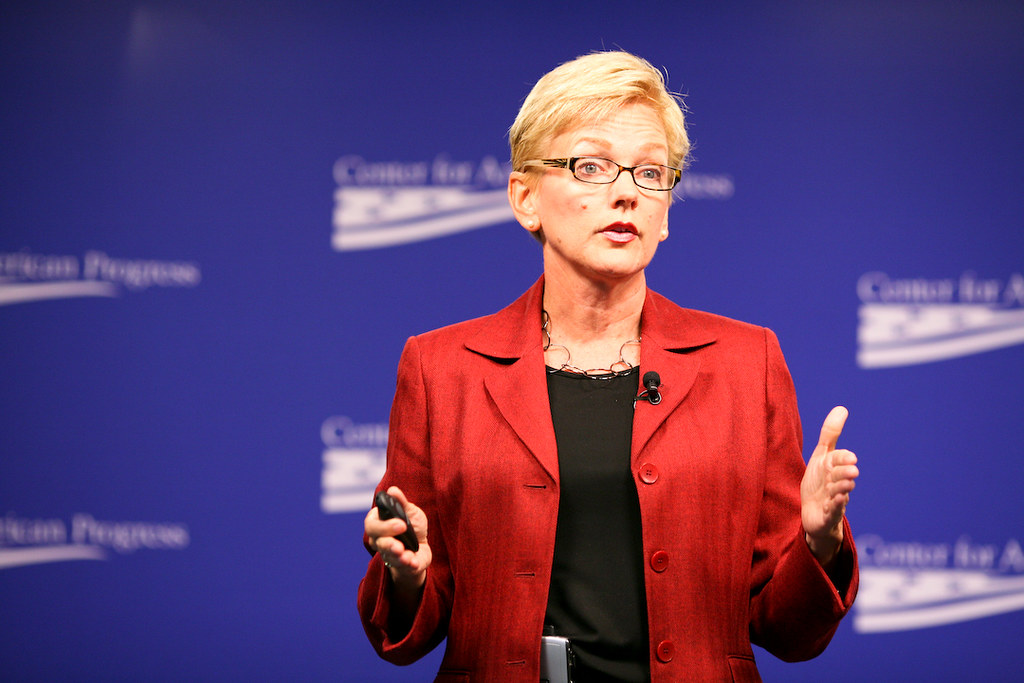What the United States is doing to save nuclear power plants

The United States has launched a 6 billion aid program for nuclear power plants, with the aim of preventing their closure: the plants struggle to compete with renewables and gas, but can play a crucial role in the energy transition. All the details
On Tuesday, April 19, the United States launched a $ 6 billion rescue program for nuclear power plants, many of them in financial difficulty and at risk of closure. The funds come from President Joe Biden's infrastructure plan, which became law last year.
THE CONTEXT
The program will be managed by the Department of Energy, whose main task is precisely the maintenance and protection of the American nuclear program, both civil and military. And it is part of the White House's long-term plan for the energy transition and the "green" re-infrastructure of the United States: by 2035 the American electricity mix will have to be composed entirely of energy sources that do not release greenhouse gases, and the country it will have to reach carbon neutrality (net zeroing of emissions) by 2050.
The issue is not only climate but also economic, because the Biden administration wants the United States to gain technological leadership on technologies for clean energy, such as storage systems (batteries), hydrogen and next-generation nuclear power. .
In fact, in the law on infrastructures, in addition to the 6 billion for the modernization of existing plants, there are also 2.5 billion for the support of the development of advanced new generation reactors, such as the one that TerraPower – the nuclear energy startup founded by Bill Gates – is building in Kemmerer, Wyoming .
THE ROLE OF NUCLEAR IN THE ENERGY TRANSITION
Nuclear energy is not always accepted by climate activists due to the environmental risks associated with its use (the production of radioactive waste). However, it can offer an important contribution to the energy transition because it allows you to generate a lot of electricity with zero emissions and independently of the weather conditions, thus compensating for the intermittency of wind and solar power (the two renewable sources on which we are aiming to plus) and ensuring system stability (the alternative is natural gas, a fossil fuel; large-scale batteries are not available).
In a statement, US Secretary of Energy Jennifer Granholm said that "Nuclear power plants contribute more than half of our zero-carbon electricity, and President Biden pledges to keep these plants running to achieve our clean energy goals ".
AID TO NUCLEAR POWER STATIONS
The White House plan for nuclear power plants essentially consists of a credit program aimed at avoiding the closure of plants in financial difficulty: for example Diablo Canyon in California (nearly 9 percent of the state's electricity generation) and Palisades in Michigan .
According to data from the Energy Information Administration, a government agency, nuclear energy is worth 20 percent of electricity generation in the United States, although its contribution has decreased slightly in recent years with the closure of several reactors. The last reactor to be decommissioned, in the spring of 2021, was Indian Point 3, in New York. On a national scale, twelve have been shut down since 2013. The reason for this trend is economic: nuclear power, due to its higher maintenance costs, has made it difficult to compete with the low prices of renewables and natural gas (the "shale revolution" has made America the main gas producer in the world).
The United States, however, still has fifty-five nuclear power plants in twenty-eight states, for a total of ninety-three reactors. In 2023, two new reactors are expected to enter service in Georgia: they will be the first since 2016.
This is a machine translation from Italian language of a post published on Start Magazine at the URL https://www.startmag.it/energia/stati-uniti-centrali-nucleari/ on Sun, 24 Apr 2022 06:19:08 +0000.
